 We have long been a fan of the work of Greg Maletic. We have in the past featured Greg's beautiful attraction posters here on 2719 Hyperion, and also happily referred readers to his well-written, insightful articles on Laughing Place. Greg just recently unveiled his latest project: Wishing Stars, a Disneyland GPS-based game that is now available for the iPhone.
We have long been a fan of the work of Greg Maletic. We have in the past featured Greg's beautiful attraction posters here on 2719 Hyperion, and also happily referred readers to his well-written, insightful articles on Laughing Place. Greg just recently unveiled his latest project: Wishing Stars, a Disneyland GPS-based game that is now available for the iPhone.Greg's professional resume includes software design, illustration and game design. He married all these skills to his passion for Disney and Disneyland and Wishing Stars was the result.
Greg explains the inspiration behind Wishing Stars:
Wishing Stars started out not as a game, but as an app that would let Disneyland visitors automatically send Twitter and Facebook updates to friends, letting them know what they were doing at the park: riding "Pirates of the Caribbean," attending the fireworks show, and so on. I got pretty far with that concept but was sidetracked by what was supposed to be a minor aspect of the app: "unlockable" features. Just like a video game, if certain special goals were met, the app would gain new abilities. I started devising little quests you'd have to go on to enable these new features in the app. But it wasn't long before these quests seemed more interesting to me than the app itself. So the concept changed: I was now working on a game, one that utilized the GPS in the iPhone to let users uncover hidden treasure at Disneyland.
 For inspiration I took a look at other GPS-based games for the iPhone. Most are sprawling, open-ended, city-based adventures like FourSquare and GoWalla. In these games, a “game player” sets a GPS tag for a geographic location like a restaurant or dance club; other game players visit that location later and get a virtual award, typically points or badges. Calling these "games" isn't quite accurate: though they employ game concepts, they're far more open-ended and abstract than any traditional video game. What I envisioned was tighter; more focused. Like "Super Mario World," I wanted there to be a beginning, middle, and end to the game. Like "Myst," I wanted the game to have a puzzle or mystery feel, something beyond "go to this spot and earn points." I wanted a narrative, albeit a simple one; I wanted people to feel that they'd stumbled onto something remarkable lurking just below the surface of a place they'd been to many times before.
For inspiration I took a look at other GPS-based games for the iPhone. Most are sprawling, open-ended, city-based adventures like FourSquare and GoWalla. In these games, a “game player” sets a GPS tag for a geographic location like a restaurant or dance club; other game players visit that location later and get a virtual award, typically points or badges. Calling these "games" isn't quite accurate: though they employ game concepts, they're far more open-ended and abstract than any traditional video game. What I envisioned was tighter; more focused. Like "Super Mario World," I wanted there to be a beginning, middle, and end to the game. Like "Myst," I wanted the game to have a puzzle or mystery feel, something beyond "go to this spot and earn points." I wanted a narrative, albeit a simple one; I wanted people to feel that they'd stumbled onto something remarkable lurking just below the surface of a place they'd been to many times before.After many visits to Disneyland, coding and testing while lugging around my laptop and iPhone, the first beta version of the game was completed in June 2009. In line with that "mystery adventure" feeling, the game didn't present much context. You'd go to the park, the app would give you a clue...and that was it. That first clue would lead to another clue, and another...until a story was revealed bit by bit. I loved this idea: the whole experience would seem very "real" in that you didn't know where it was going and when it would be over.
 But there was a problem. When people come to Disneyland, they're coming to ride rides, meet Mickey, and watch parades. No matter how great Wishing Stars would be, my game would be secondary. (In the battle between what my game was telling a guest to do and what their 5-year-old was telling them to do, I knew my game was going to lose out.) I couldn't distract from a guest’s day at Disneyland; I had to supplement it. For similar reasons, the game had to be scalable. My original plan required gamers to play Wishing Stars for hours; now, if a guest only had time for a 15-minute experience, the game would need to provide that guest with a 15-minute experience. Instead of being one massive Quest to uncover a hidden Wishing Star, the game became a dozen or so tinier Quests, each at a skill level ranging from "Easy" to "Ultimate."
But there was a problem. When people come to Disneyland, they're coming to ride rides, meet Mickey, and watch parades. No matter how great Wishing Stars would be, my game would be secondary. (In the battle between what my game was telling a guest to do and what their 5-year-old was telling them to do, I knew my game was going to lose out.) I couldn't distract from a guest’s day at Disneyland; I had to supplement it. For similar reasons, the game had to be scalable. My original plan required gamers to play Wishing Stars for hours; now, if a guest only had time for a 15-minute experience, the game would need to provide that guest with a 15-minute experience. Instead of being one massive Quest to uncover a hidden Wishing Star, the game became a dozen or so tinier Quests, each at a skill level ranging from "Easy" to "Ultimate."Beyond the gameplay, the other critical piece of the puzzle was the user experience. Since the target audience for the game was much broader than traditional video game players, the game had to be drop-dead simple to operate. And since Disneyland guests are used to highly-themed experiences, the game had to feel like an authentic Disney experience (though not to the point where there’s any confusion about where the game comes from—it’s not a Disney product, after all.) The graphics were perhaps the easier to problem to solve, by going with a faux-medieval look that reads “fairy tale” without being explicitly “Disney.” Making the user experience as simple as possible was a continual challenge, but the model I used was Nintendo. Their “Super Mario World” games offer intricate experiences tailored to a broad audience. Asking myself, “what would Nintendo do?” in any predicament offered up a good solution. Based on feedback received so far, Wishing Stars is both fun and exciting…and no doubt the experience will improve over time as we learn more about this new gaming format.
Wishing Stars is available for purchase at the iTunes Store. For more information, check out the official Wishing Stars site at wishing-stars.com.
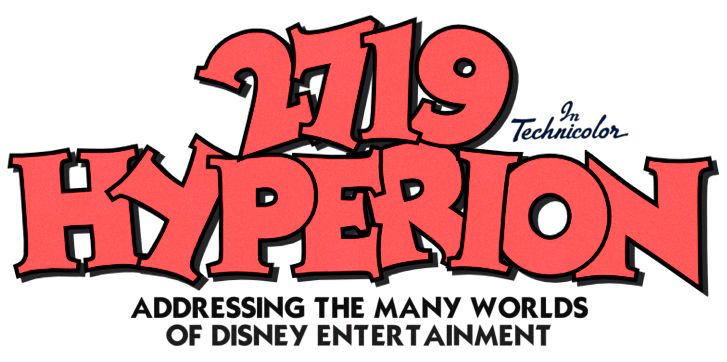
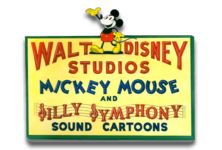
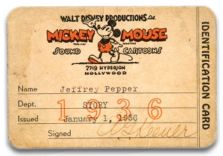












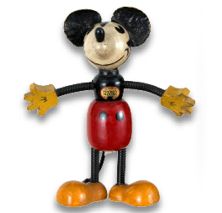

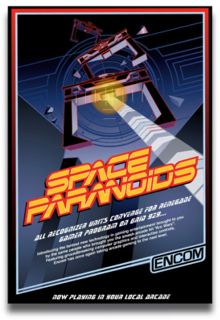

0 comments:
Post a Comment